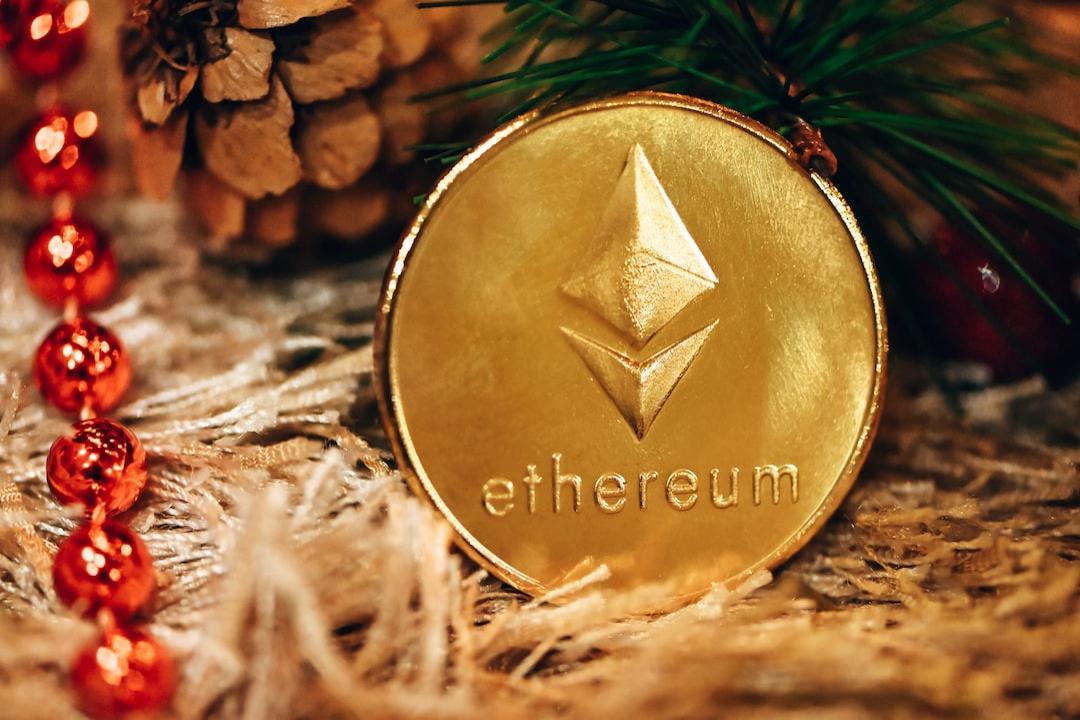CoinWorld reports:
Author: Howard Source: X, @0xHoward_Peng Translation: Shan Oppa
Recently, a plethora of applications have emerged within the ecosystem. While many projects follow similar paths, our goal remains to maximize your return on investment, whether in terms of time or money, achieving greater results with less effort.
Following the reliable 80/20 rule, attention in any field tends to concentrate on the top 20% (or fewer) projects, directing traffic and capital towards the leaders. Given your background and experience, targeting a less crowded niche can significantly enhance your chances of success. This article aims to guide you in pivoting and anchoring to some key milestones and themes, especially since there are numerous opportunities to build upon within the TON ecosystem.

1. The Core Value of TON
You may have seen this chart in my previous articles:
Wallets manage funds, while Telegram (i.e., TApps — t.me/tapps) serves as a convenient messaging layer, facilitating easy access to content and web pages.
The TON blockchain empowers you with autonomous control over your assets. These three modules together form a powerful ecosystem with unique advantages.
In the realm of L1 blockchains, TON stands out with unparalleled potential and creative possibilities. At its core, TON and Telegram should always revolve around three pillars: social, payment, and finance.
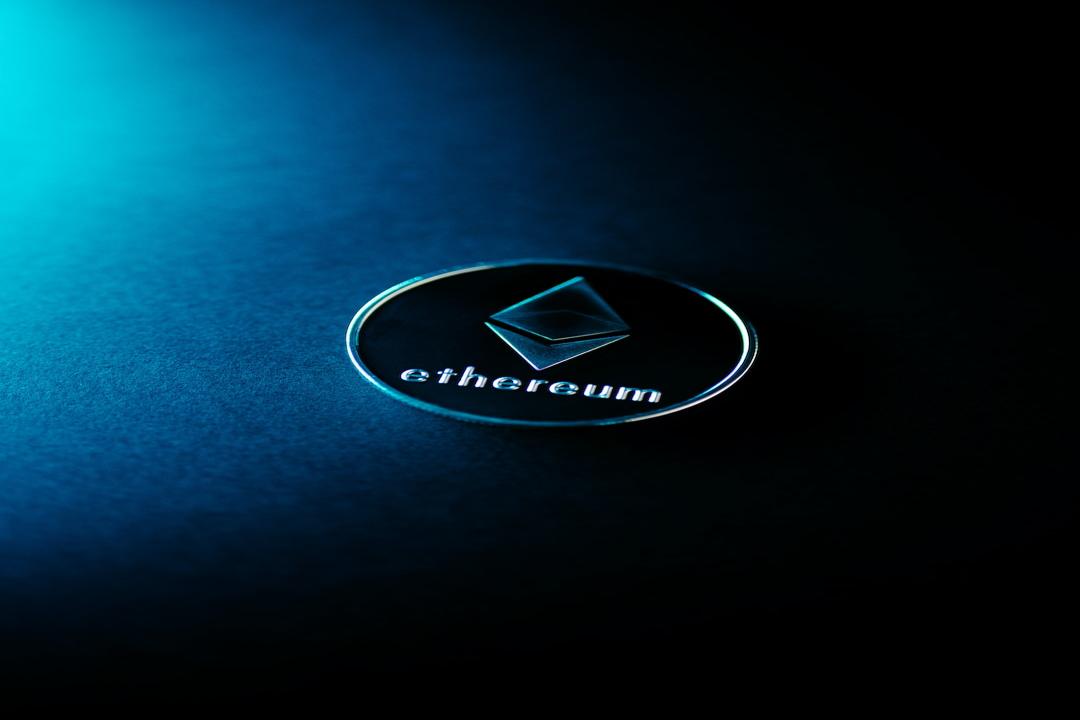
When planning projects, filter them through these three lenses and ask yourself, “What problem are you really solving?” The approach is as follows:
Social
Social interaction is Telegram’s superpower—exchanging valuable information in real-time repeatedly. But imagine if this value existed on the blockchain. Envision highlighting your uniqueness with on-chain assets or motivating friends to take action. Sounds intriguing, right?
Take Calvin (@calchulus) as an example. He recently asked, “If I share node sales with you, how much would you invest?”
That’s social; that’s recommendation.
We encounter similar scenarios daily, from casual questions to intense discussions in Telegram groups. Let’s admit it, our trading habits are heavily influenced by those around us, and recommendations drive most transactions.
Of course, questions like Calvin’s can create pressure—no one wants to disappoint a friend by not executing, haha. But that’s where predictive market products, Pump.fun, and other platforms that seamlessly integrate betting with friends should come in.
When we discuss the sociology of managing relationships or how Telegram closely ties with “social,” experts can delve deeper into these fascinating topics.
Payment
When I speak of payments, I emphasize the disruptive commercial value of seamless transactions—think e-commerce, online shopping, and ubiquitous QR code payments in China.
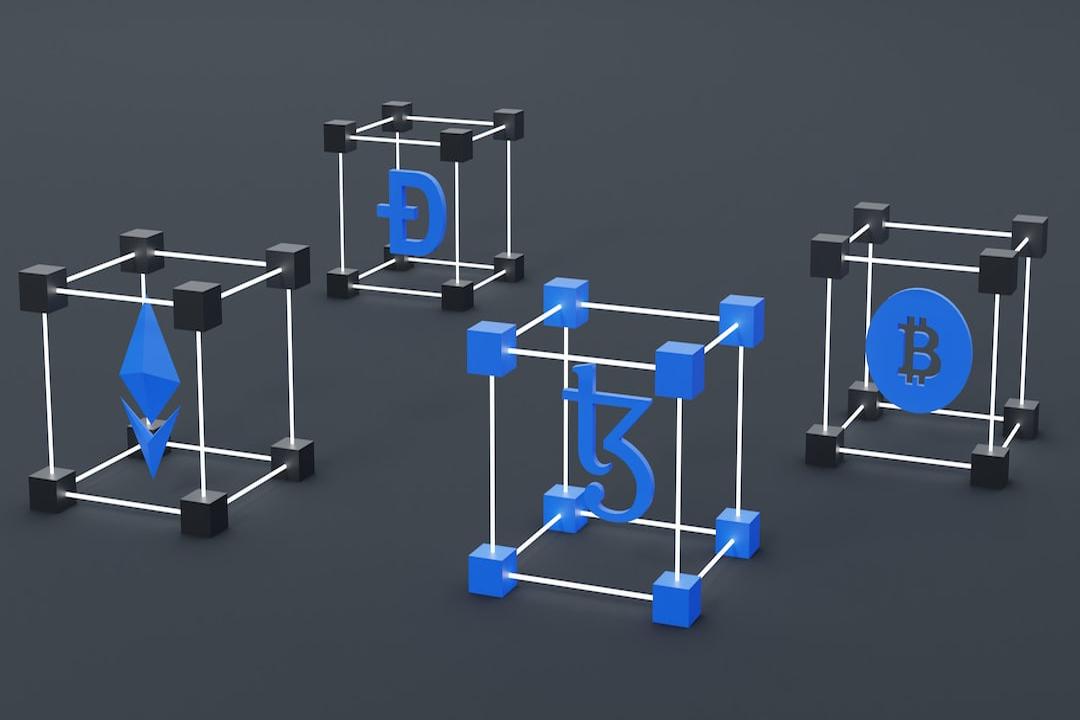
*Reports indicate that over 90% of financial transactions in China are now digital.
This digital transformation is changing everything. WeChat Pay not only altered social interactions; it revolutionized offline transactions, spawning new business models that made the payment process more efficient and revitalized the economy. This paved the way for major e-commerce giants like Alibaba, Tmall/Temu, and JD.com.
We must also not forget that we already have USDT on the TON blockchain.
How can you leverage this?
How can you help business owners solve more problems or improve payment conversion rates?
The goal is to provide a smooth user experience for payments, benefiting both merchants and consumers. Based on approximately 1 million users on the Ethereum mainnet who have already transacted with cryptocurrencies, TON’s potential market is 1 billion—a 1000-fold scale difference.
Serving billions of users worldwide is an exciting challenge.
Our payment research aims to make digital payments widely accepted by a broad user base, whether through custodial wallets or non-custodial wallets. The market potential is 1000 times that of Ethereum, with astonishing network effects.
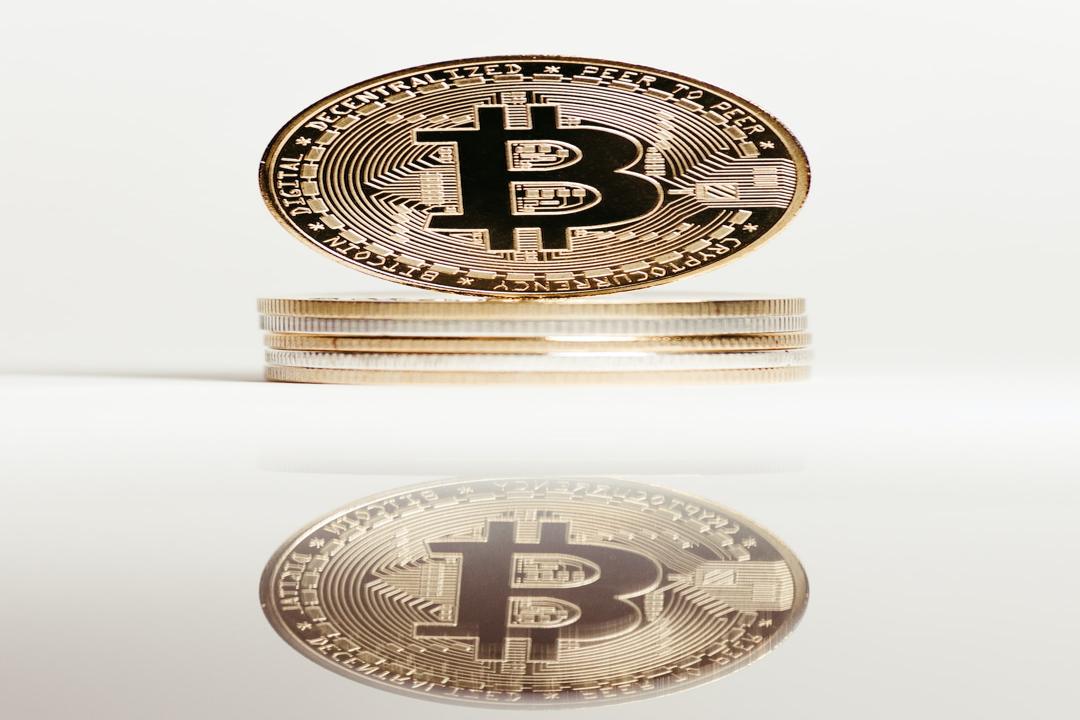
Online shopping presents a massive opportunity. Helping merchants transition to Tapps would be a disruptive change, especially in the gaming and content industries. Consider these success stories:
Catizen (@CatizenAI) – https://t.me/catizenbot
Major (@majoroftelegram) – https://t.me/major/start?startapp=6287477530
and Wizzwoods (@Wizzwoods_game) – https://t.me/WizzwoodsBot/app?startapp=rp_336767
Platforms like Catizen thrive by simplifying payment systems, enabling rapid revenue generation—something early web2 games could not achieve.
Finance
Here, we refer to finance primarily in terms of wealth management and the “on-chain” aspect, such as putting more assets on-chain to increase TVL (Total Value Locked).
In the short, medium, and long term, there is a strong demand driving the development of DeFi. The reason is straightforward: we must acknowledge that the TON ecosystem currently lacks various DeFi products—such as yields, profit opportunities, and other financial projects.
You can certainly instinctively move in this direction, but you must also consider the challenges of developing smart contracts on the TON blockchain. This represents part of the investment risk.
However, there are opportunities for high returns through “trading derivatives.” For instance, the LP (liquidity provider) returns on derivative platforms like StormTrade and Tradoor are substantial. These are all opportunities worth exploring.

StormTrade (@storm_trade_ton / https://storm.tg)
Tradoor (@tradoor_io / https://tradoor.io)
2. Methodology
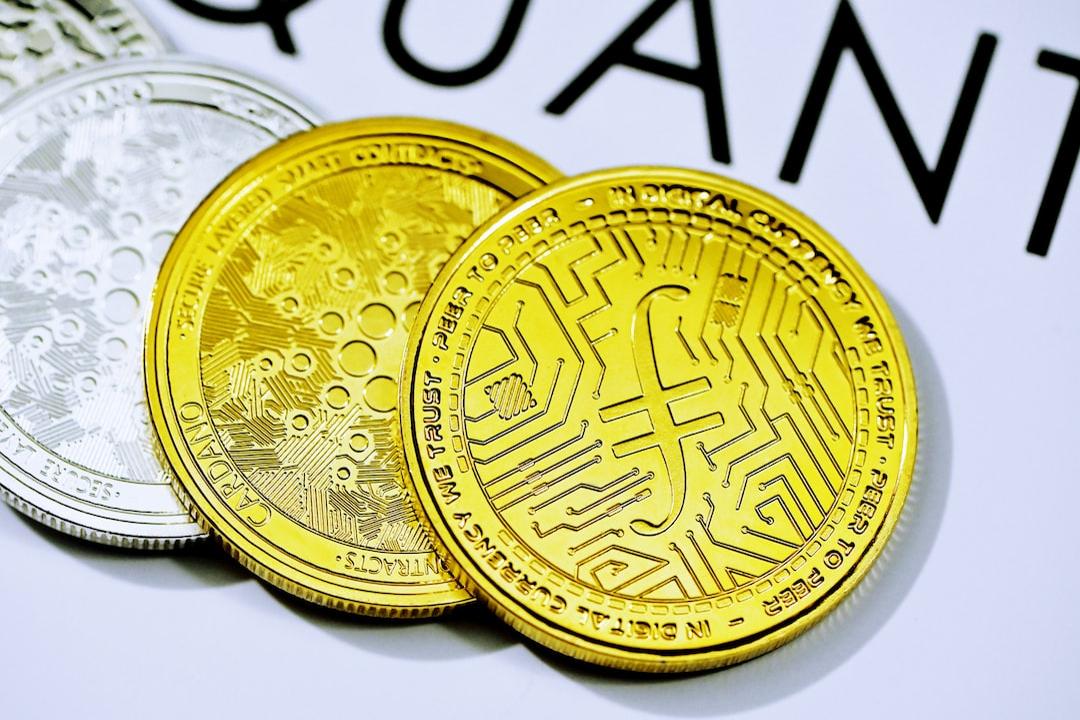
Our goal is to better categorize and discuss projects by outlining these three dimensions.
Currently, the financial industry faces a significant gap. TON lacks DeFi projects and requires more robust modules to drive on-chain yields and incentivize assets to remain on-chain. Putting more assets on-chain or “on-chainifying” to increase total locked value (TVL) is the most straightforward solution.
But is following Ethereum’s developmental path the best strategy? Is solely focusing on DeFi enough for TON to rapidly penetrate the market? After observing the market over the past few months, I doubt whether this approach is sufficient.
Telegram’s strong user base indicates that our focus should shift towards finance to create more on-chain opportunities. I look forward to seeing more asset tokenization in the future. Furthermore, I advocate for more multidimensional or bilingual ideas that merge “social + finance,” redefining the traditional product ecosystem.
For example, decentralized exchanges (DEX) are fundamental to DeFi, often referred to as the “Lego” of the ecosystem. Let’s explore them individually.
Trading / DEX
If we talk about DEX separately, they belong to finance, but they lack any significant social aspects!

The current issue with DEX is more about market penetration. Uniswap has evolved from v2 to v3 and is eyeing v4, but these updates are mostly mathematical adjustments. What’s the real problem? They are not exciting.
Can we view friends’ portfolios? No.
Can we easily compare our PNL with others? To some extent, yes, but only on niche platforms like DeBank or Zapper.
Can we notify other traders on Uniswap? Not possible.
Trading should be fun and interactive. Imagine a platform where you can dive into trades and enjoy every moment.

Trading / Predictive Markets
Even something as straightforward as predictive markets has many issues. It relates to social dynamics but fails to effectively engage users. Interactions are fragmented, lacking integration with popular platforms like Telegram group chats. Those connected through blockchain finance need more personal channels of contact.
Polymarket also faces regulatory hurdles, with features like mobile apps delayed. User experience is poor, lacking convenience. Growth potential is stifled—who will still use the web in 2024? Mobile is the future, and its dominance will only grow.
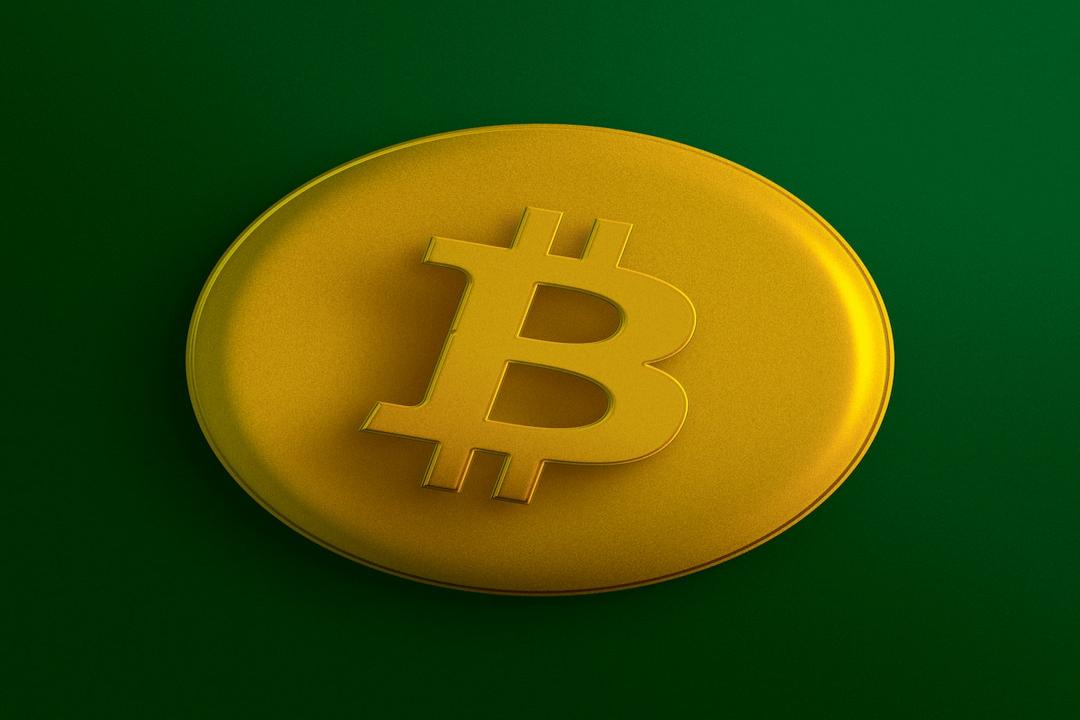
This is why I emphasize the close connection between “predictive markets” and “social,” despite my cautious stance on its “financial” angle. We all look forward to on-chain DeFi bringing groundbreaking functionalities to predictive markets. Observe how Blur.io is reshaping the NFT market and other innovative DeFi strategies.
Areas to Watch / More
We focus on social, payment, and finance within the TON ecosystem, uncovering early opportunities worth exploring.
Curious why I placed proof of work (PoW) beneath payments? Bitcoin revolutionized energy efficiency, lowered electricity costs, and advanced power technology. This is the pinnacle of payment-driven innovation.
There is much more to introduce: DNS domains, MEME culture, credit cards, cross-chain bridges, etc.
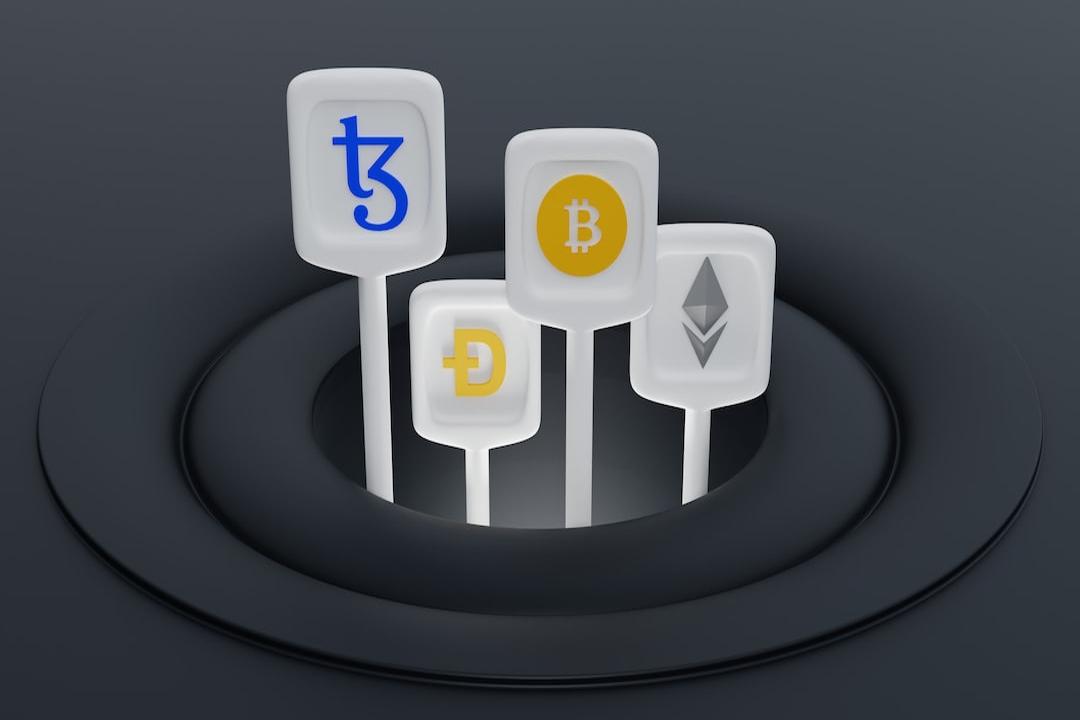
3. Vertical Discussion
Each category opens up an area for exploration. Wondering how to spark ideas beyond this list? There are certainly ways.

Users (B2C)
Think vertically to develop your business. The overlap between the social and payment industries thrives as both rely on large user bases. Companies like Amazon epitomize B2C transactions by selling products directly to shoppers. Applications that promote social connections or sell digital goods also belong to this category, leveraging user engagement to expand their business.
Projects connecting the social and payment spheres shine here.
Gaming stands out by combining social engagement with payment needs, fostering the development of both ecosystems. Take Catizen as an example.
I believe advertising also fits into this category.
Developers (B2D)
Innovative developers in the payment and finance sectors are catalysts for growth and breakthrough business models. Imagine APIs for blockchain payments or developer-centric DeFi protocols—they transform ordinary yield-generating services into profit sources.
Imagine merging “existing payment channels” with on-chain transactions. This is the next significant leap, and the tokenization of Telegram Stars could fundamentally change the game.
Many projects struggle due to the complexity of Telegram Stars, trying to leverage their advantages and limitations. While we cannot detail everything here, it is a gold mine waiting to be developed. Dig deep and unleash new potential.
What’s the real highlight? Developers have abundant opportunities to tackle these challenges, triggering a wave of new projects. This is a major pain point awaiting innovative solutions.
Liquidity (B2B)
Enhance liquidity and foster growth through strategic B2B alliances. Collaborating with other businesses creates a strong network that can expand liquidity and drive collective success. This strategy builds a robust ecosystem, vital for decentralized finance (DeFi) and social platforms like Telegram. In short, it’s about converting traffic into profits.
The potential here is undeniable; the synergy of Launchpool, DEX, and social features is particularly exciting.
Emerging “earn” products combine financial tools with social utility, promising to revolutionize the market. Innovative products from Alipay demonstrate the power of this combination, especially in China.
4. Conclusion
While we have delved deeply into various categories, some areas still require more attention, offering ample opportunities for innovative teams. Mini-program games have recently dominated, possibly due to fatigue from click-to-earn or invite-to-earn models and the competitive landscape.
However, it’s still exciting to think about untapped hot topics.
These could evolve into multi-billion dollar projects on Telegram mini-programs and the TON blockchain.
Promising areas include credit cards (cashback) and gift card businesses, RWA (real-world assets), earn products, Launchpool-type programs, or companies focused on offline QR code payment solutions.
These directions are full of potential and worth exploring.
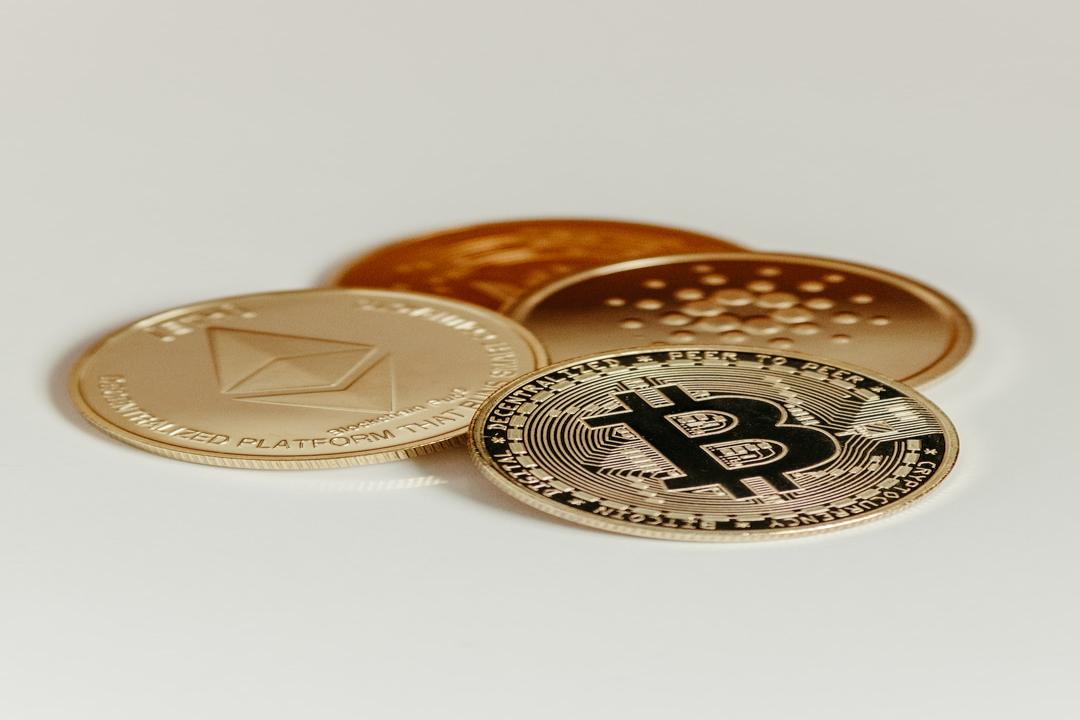
5. Postscript
Layer 1 blockchains can be likened to a country. While TON may not be perfect, it is filled with potential and hope—much like the American Dream. In the 1980s, a new wave of immigrants came to America, bravely pursuing their dreams.
Today, the consensus of the EVM ecosystem is fracturing. We see Solana pushing the boundaries of single chains, while Bitcoin’s Layer 2 is also gaining attention.
As someone who has experienced the summer wave of DeFi, my choice is clear—I see hope here.
Would I tell a young graduate to develop on Ethereum? No.
Without millions of dollars, the chances of success are minuscule.
Would I suggest a Web2 game studio choose an EVM blockchain? No.
They lack users. Look at “Black Myth: Wukong”—would it be a hit without Steam (@Steam)? Unlikely.
Platforms matter.
Our ecosystem is teeming with genuine growth potential.
No matter what project you are engaged in, you still have the opportunity to succeed.
This place is like the Midwest of America in the 1980s or today’s Dubai—you can become whoever you want to be
Subscribe to Updates
Get the latest creative news from FooBar about art, design and business.
Guide to Developing the TON Ecosystem Building Your Web3 Application from Scratch
Add A Comment

